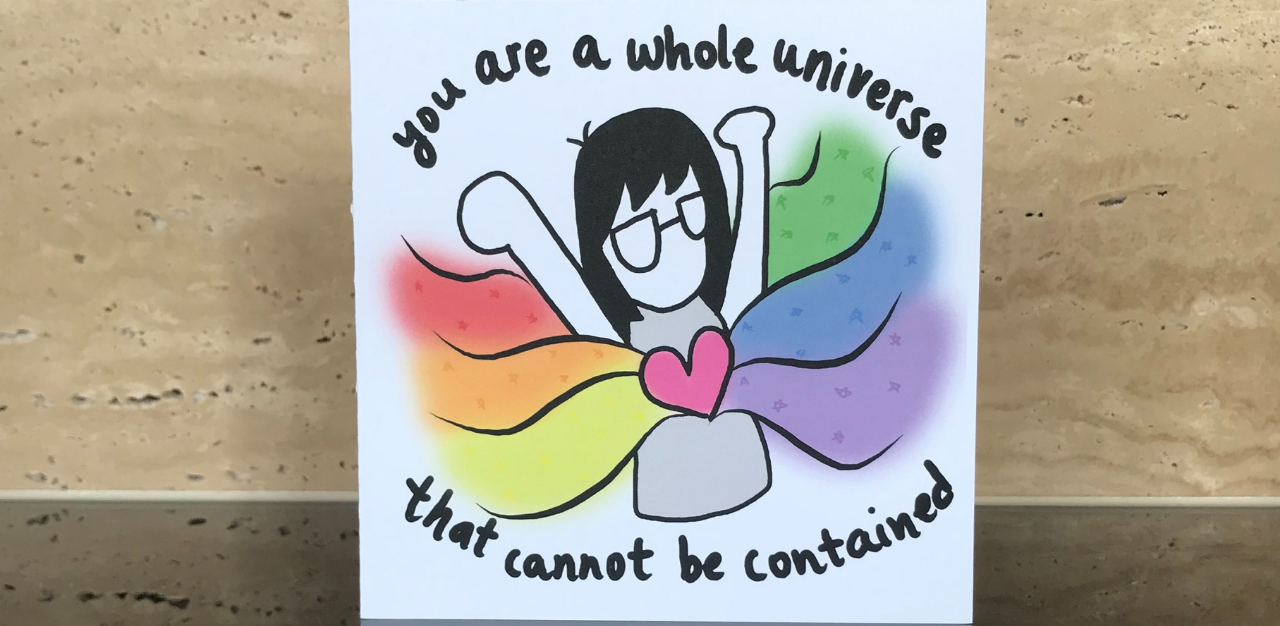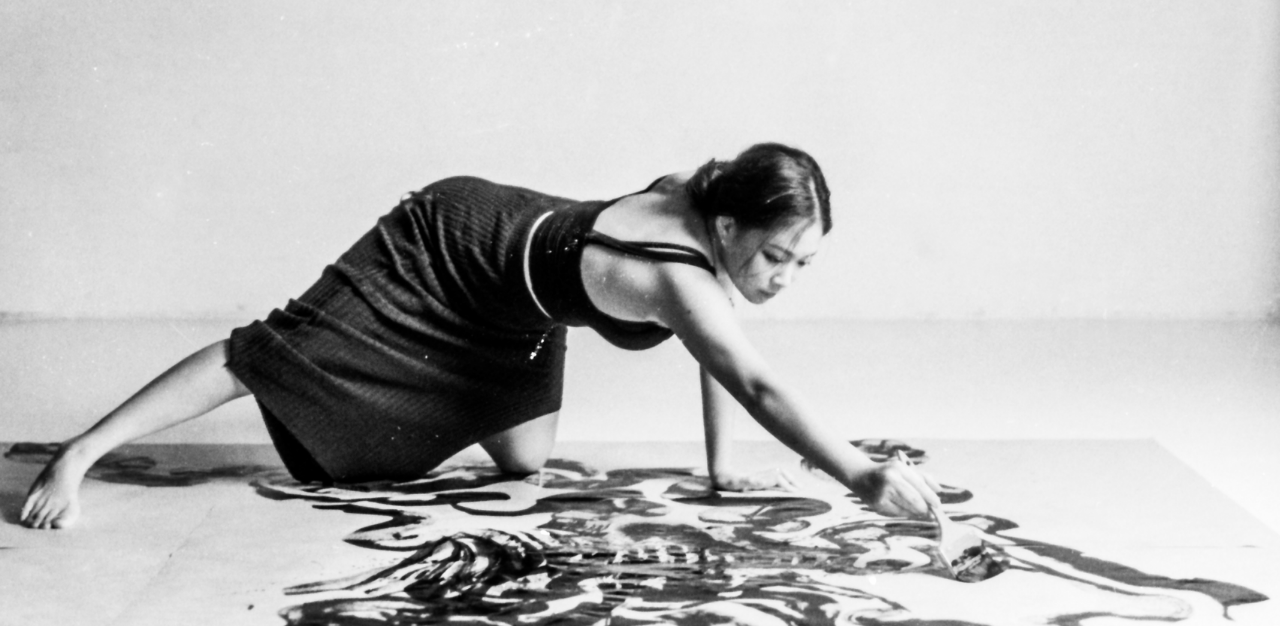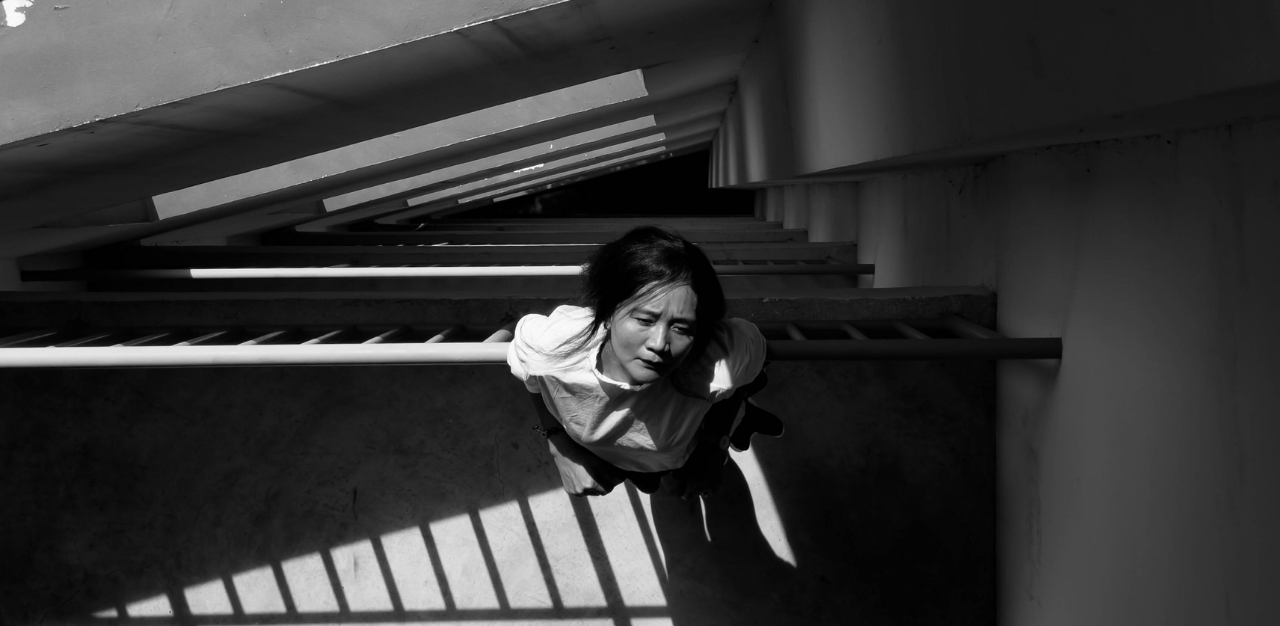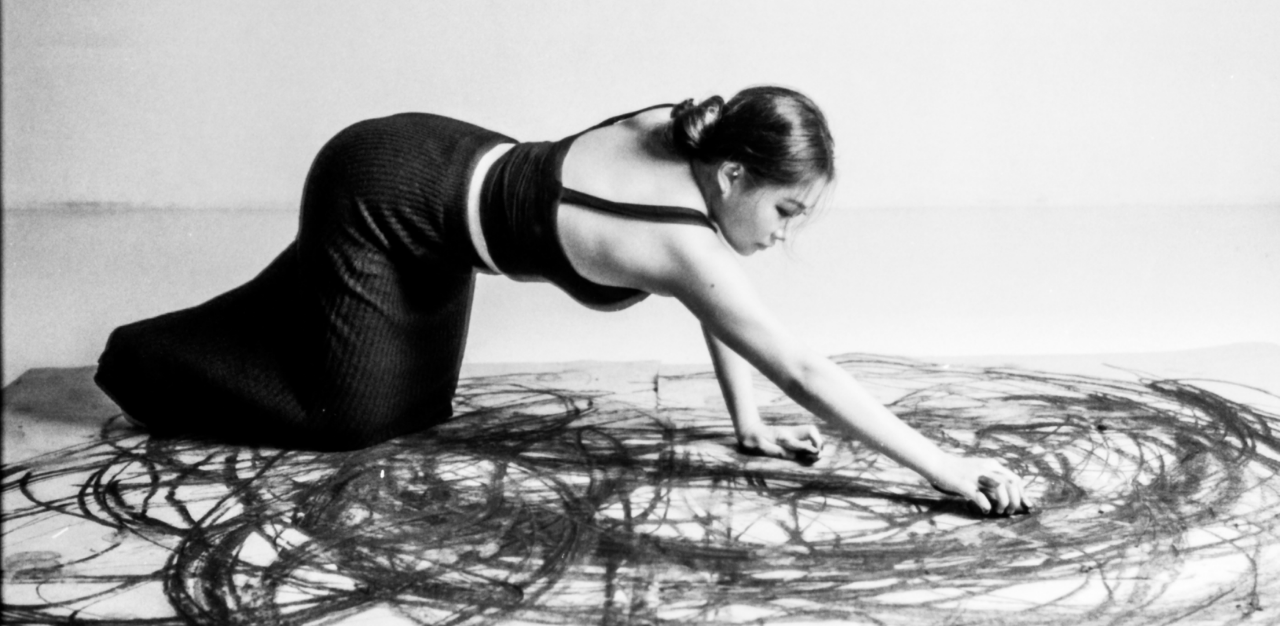The world of the arts is a constantly evolving ecosystem, with artists harnessing the power of various mediums to spread messages, express themselves, and more. Be it through broadening the public’s understanding of social issues, or working directly with marginalised groups in society, how have artists used their work to further social change and awareness? The HomeGround Asia spoke to artists based in Singapore to find out more.
This article is the first of a two-part feature exploring how artists continue to advance, challenge, and change social norms.
A camera. A paintbrush. A human body. Simple tools but ones that have the potential to create and inspire. Over the years, art has come to mean different things to different people – for some, it is instrumental to connection and healing; for others, it is a form of self-expression, and a way to help further social change.
Pursuing the arts gave Chloe Chotrani the space to thrive as a child, particularly in the world of dance. As a somatic therapy practitioner and movement facilitator, Ms Chotrani’s work has allowed her to “renew and transform people’s relationship with their own bodies” through the art of movement.
She says, “Movement can help us re-discover layers of our psyche through the body as the gateway. Feeling pleasure through movement is something I emphasise in my movement workshops, especially with a lot of body-image shaming in social media, it affects how we treat and think about ourselves.”
Facilitating this connection also allows her to guide others to embrace the “pleasure of being alive and feeling the vitality in our bodies, in our sweat, and through listening to the body’s internal impulses.” The intention, she explains, is to help people to experience dancing as a form of “liberation”, as opposed to only a “performative or functional workout”. Although she notes that dancing for those purposes is beneficial too.

Furthering social change through art
Creating change can also come in the form of encouraging discourse – something which local artist Rachel Pang actively does on social media. Mx Pang, who prefers to use they/them pronouns to refer to themselves, explores a wide variety of social issues, including mental health, sexual assault and transgender rights through their art at Rachel Pang Comics. They think that their comics serve as a useful gateway to guide people in developing a deeper understanding of social issues.
The private is political, and Mx Pang’s illustrations come from a deeply personal space through which they experience the world around them. “I really try my best to speak from ‘I’ statements – like ‘I feel this way’, [because] people are complex and diverse. Everyone will have a different experience.”
They add, “For a lot of Singaporeans who may be learning about these topics for the first time, it’s an easier way for them to connect to the topic [through] a first person narrative… People tend to be able to connect to them more.”
With close to 13,600 followers on their Instagram page, their comics have resonated with many. Mx Pang emphasises the importance of speaking out, adding that they believe “everyone should care about all of these issues,” regardless of whether one is personally involved in them, or not.

Aside from stimulating more discussion around social issues, using one’s art to raise funds is another way for artists to advance causes that they support.
Singaporean painter and sculptor Dawn Kwan, 24, has sold her paintings to further social change for vulnerable communities in Asia. Her works have raised funds for both local and international charities, including the Vietnam Outreach, which oversees humanitarian projects like sponsoring surgeries for children with cleft palate. She has also worked with The New Charis Mission, Project L.I.F.E (Love in the Family Environment), an organisation that is a part of Youth With A Mission (YWAM) Thailand, and various local charities in Singapore, including the National Cancer Institute.
Inspired by a trip to orphanages and hospitals in Vietnam at five years old, Ms Kwan first auctioned four paintings when she was eight, and has since raised over S$400,000 (US$297,508) for various causes.
She shares about the plight of those she has encountered on her travels: “It’s very heartbreaking because you see parents who are about 60 [or] 70 years old still piggybacking their adult children, who are like 30 years old. And they have to carry them down the mountain for the day’s journey in order to get that wheelchair.”

Forming connections and developing relationships
Forging and strengthening connections with others through one’s practice can also deepen an understanding about social issues that might be less visible.
Take documentary photographer Jasbir John Singh, for instance, who has immersed himself in the lives of marginalised communities, such as migrant workers, foreign domestic workers and sex workers. He explains that developing trust is fundamental to the creative process. Mr Singh explains that he chooses who he collaborates with based on those he identifies with, who “feel they don’t fit into a certain social checkbox [or] a list of the norms that are supposed to be followed”.
He emphasises that communication between the photographer and the subject is key, both during and after a shoot: “This really comes down to how we speak to each other and how much trust and relationship building there is between the subject and the photographer. Because it isn’t about the photos that are created, [but] about the communication that happens during the shoot… [and] the communication that happens after that, as well. It’s [very rarely only] about the images.”
He adds that maintaining a clear awareness of one’s relationship with the subject is essential. This prevents the artist from adopting other responsibilities that they are unequipped to handle, such as the position of a counsellor.

For Ms Chotrani, her practice allows her to provide a safe space for others to be supported. Being a somatic practitioner at Soma Clinic, Chloe encounters people who grapple with severe trauma.
Somatic therapy explores the connection between the body and the mind, and involves both psychotherapy and physical therapy in the process of healing. At the clinic, she offers trauma-informed somatic touch therapy, which she learned through her mentorship with therapist and director of Soma Clinic, Natalia Rachel.
“I’m able to use my skills of relating, sensing bodies, and deep listening, which are skills I’ve partially learned through dancing and movement for the past two decades. Now, adding a layer of psycho-therapy, somatics, and trauma-informed touch, my work aims to be accessible specifically to vulnerable people willing to heal from trauma.”
Building relationships with people has also been a fundamental part of Mx Pang’s journey with Rachel Pang Comics, which has opened an avenue for them to connect more deeply with others. They say that they have focussed on the building of relationships with people online, both with those who feel a connection to their art, and those who may not feel as deeply connected but hold strong opinions about their art. Friendships have also been made with people who have reached out over their posts on social media and shared their lives with them.
Mx Pang’s friendship with Elijah Tay, founder of My Queer Story SG, is one such connection. They first shared Mx Pang’s comics on their Instagram Stories in 2019 and both continued to support each other’s causes. Subsequently, they bumped into each other at an event and have been friends every since.
“I think it’s really opened up this world of potential friendships [and] relationships, communicating with a bigger audience about things I care about – and that’s really rewarding as well,” they say. “I do have idealistic hopes of influencing the discourse with my art, and I think that’s best done through relationship-building. Not just, ‘Here, read this.’” you know, but ‘Hey, I’m a person. You’re a person. We are relating to each other.’”
Read the second installment of this two-part feature that explores how artists have worked with marginalised communities to help with the process of healing and more.
Join the conversations on THG’s Facebook and Instagram, and get the latest updates via Telegram.




























